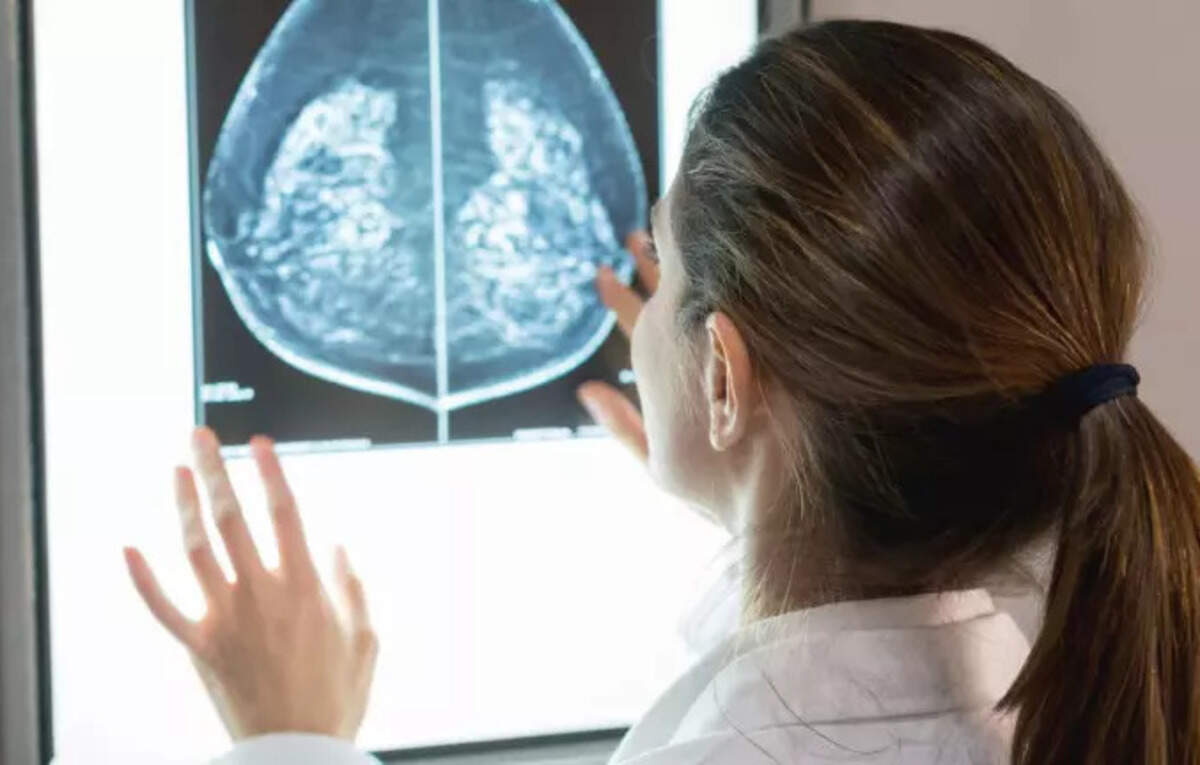Recent research has revealed a surprising link between mammography findings and heart disease. A new study suggests that abnormalities detected in arteries during mammography could be an early warning sign of heart disease.
Key Findings
- Mammography Abnormalities: The study observed that certain types of abnormalities in the arteries, which are usually noted during mammograms, may be associated with an increased risk of heart disease.
- Potential Implications: This finding could have significant implications for both diagnosis and treatment, suggesting that mammograms could serve a dual purpose in screening for cardiovascular health.
Study Details
- Research Scope: The study analyzed mammography results from a diverse group of women and looked for patterns in the presence of arterial abnormalities.
- Correlation with Heart Disease: Researchers found a notable correlation between these abnormalities and the incidence of heart disease, suggesting that such findings might warrant further cardiovascular evaluation.
Clinical Implications
- Screening: This discovery might lead to new screening protocols where mammograms are used not just for breast cancer detection but also as an initial check for heart disease.
- Further Research: More research is needed to establish how these mammography findings could be integrated into routine cardiovascular screening and what specific follow-up measures might be required.
Conclusion
The identification of potential heart disease markers in mammography results represents a promising development in preventive health care. This approach could enhance early detection and intervention strategies for heart disease, potentially improving patient outcomes.
Multiple-Choice Questions (MCQs):
1. What recent study finding suggests about mammography results?
a) They are only useful for detecting breast cancer.
b) Abnormalities found may indicate an increased risk of heart disease.
c) They have no correlation with heart disease.
d) They are primarily used to diagnose bone conditions.
Answer: b) Abnormalities found may indicate an increased risk of heart disease.
2. What is the potential implication of finding arterial abnormalities in mammograms?
a) It could lead to a new method for detecting skin diseases.
b) It might suggest an increased risk of cardiovascular health issues.
c) It is likely to replace traditional heart disease screening methods.
d) It is unrelated to heart disease or any other health conditions.
Answer: b) It might suggest an increased risk of cardiovascular health issues.
3. What aspect of the mammogram findings needs further investigation?
a) The effect of mammograms on breast size.
b) The correlation between mammography abnormalities and heart disease.
c) The cost of mammograms compared to other screenings.
d) The quality of mammogram images in different clinics.
Answer: b) The correlation between mammography abnormalities and heart disease.
4. How might this discovery affect future screening protocols?
a) Mammograms may be used only for breast cancer detection.
b) Routine heart disease screenings could be eliminated.
c) Mammograms could be used for both breast cancer and heart disease screening.
d) It will not change existing health screening practices.
Answer: c) Mammograms could be used for both breast cancer and heart disease screening.
